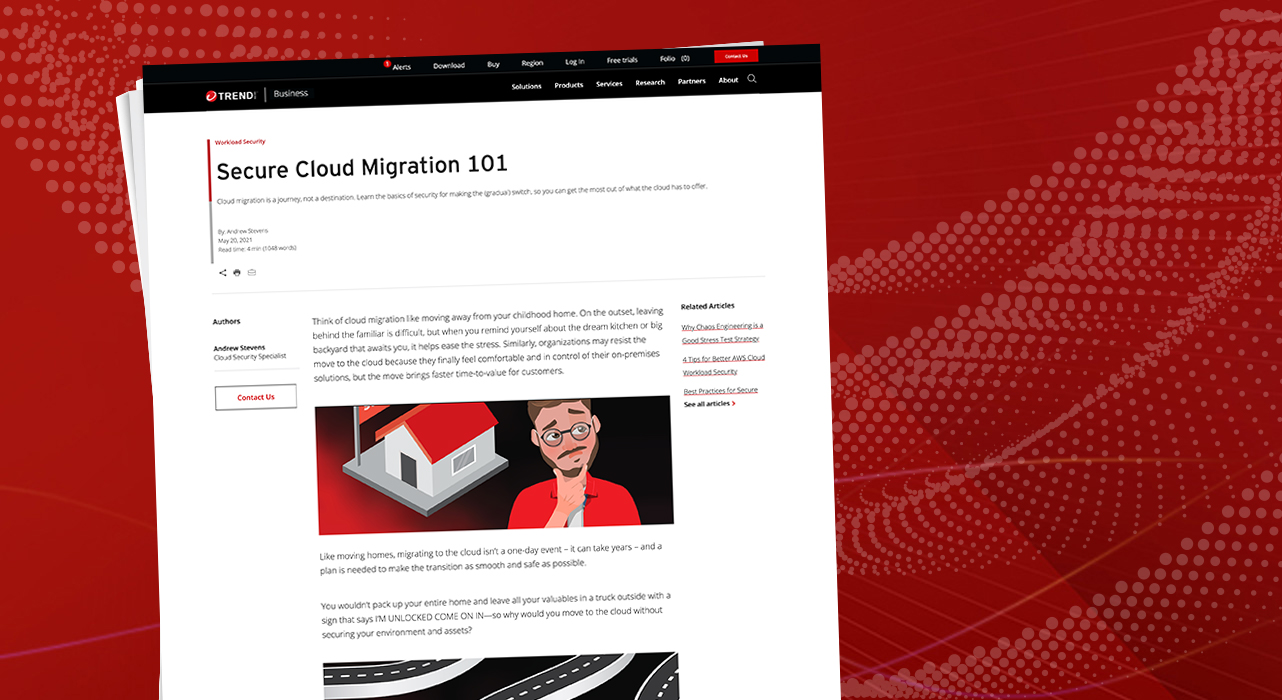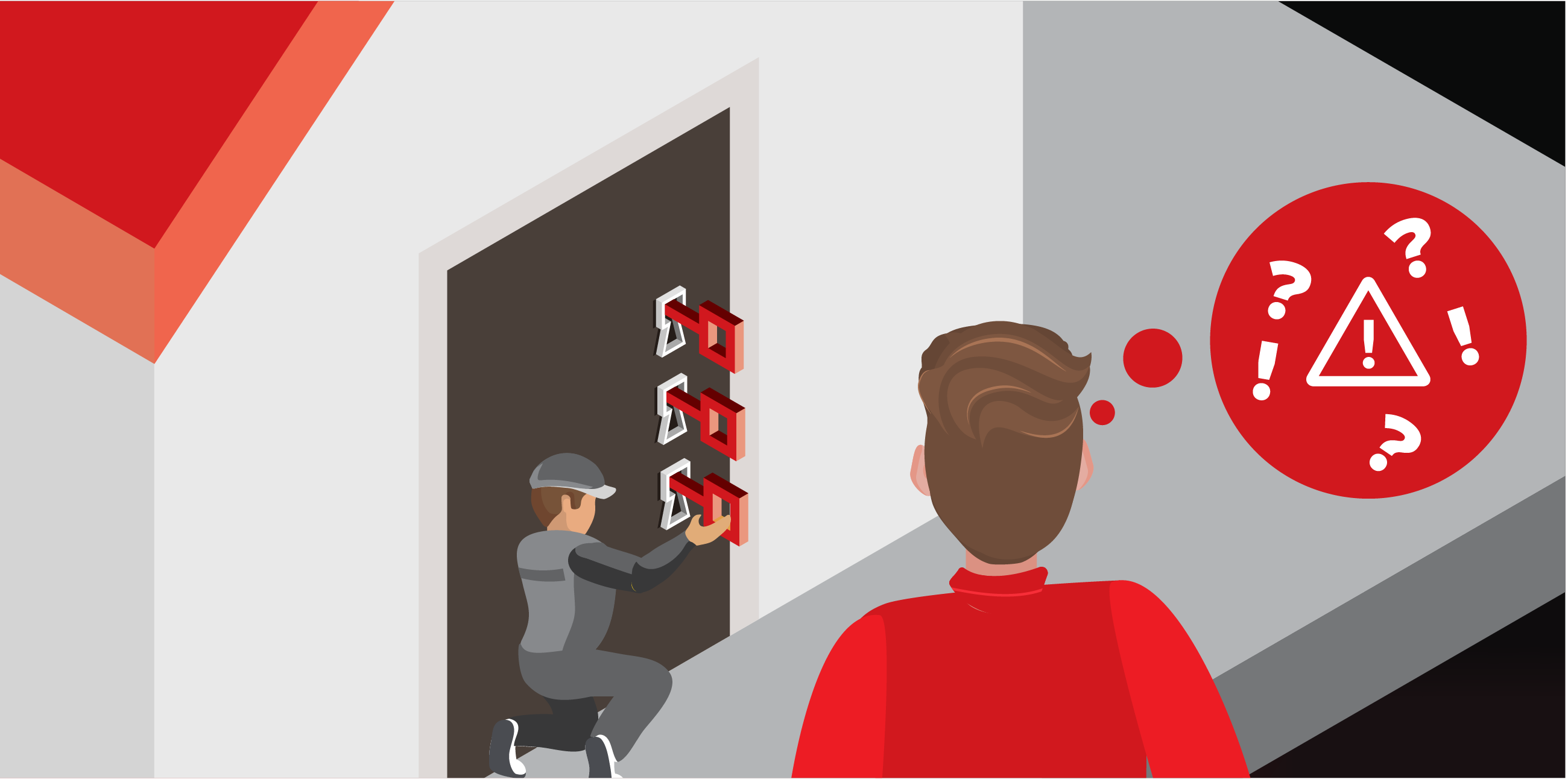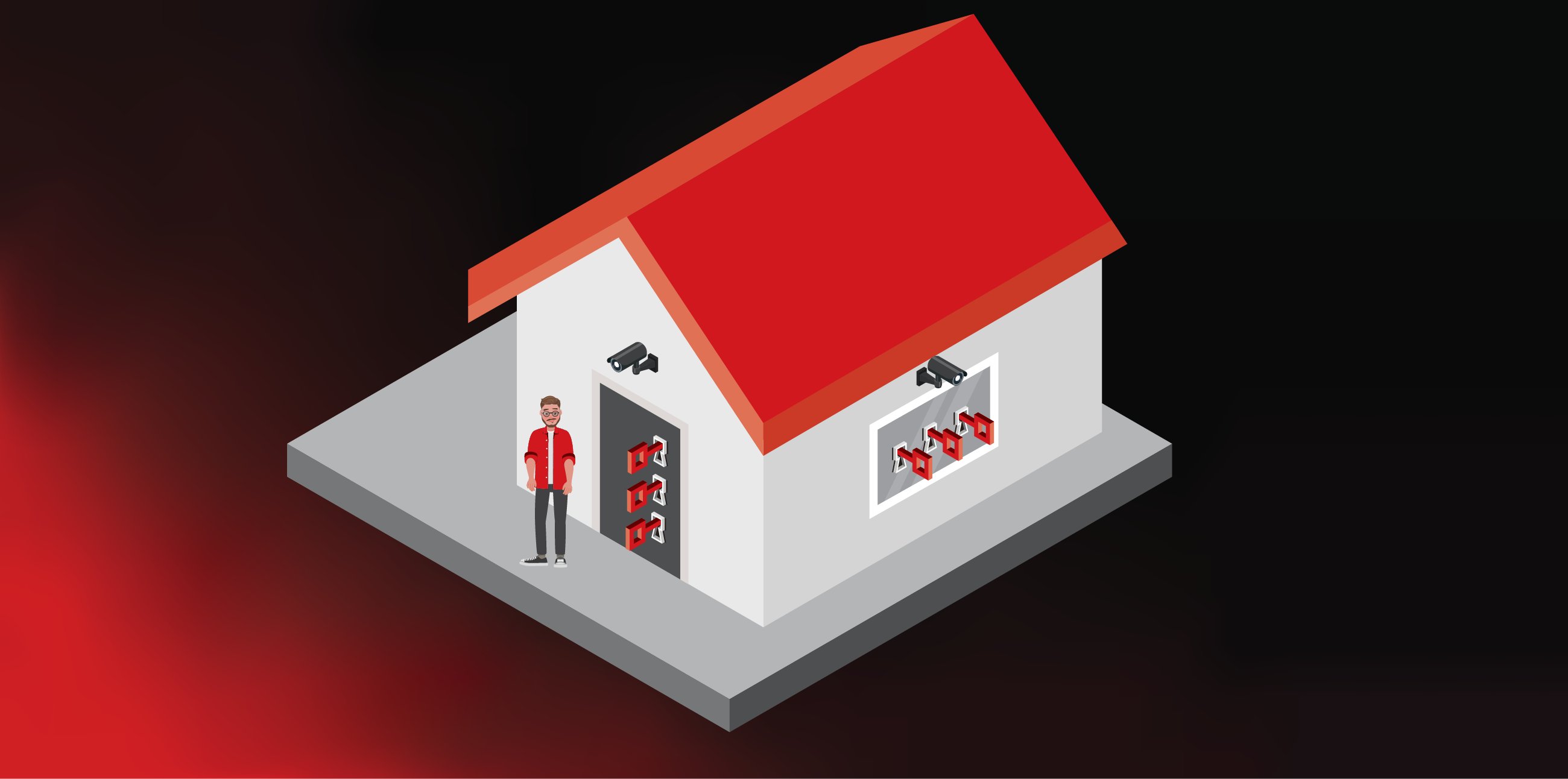- This Eufy robot vacuum has a built-in handheld vac - and just hit its lowest price
- I highly recommend this Lenovo laptop, and it's nearly 50% off
- Disney+ and Hulu now offer prizes, freebies, and other perks to keep you subscribed
- This new YouTube Shorts feature lets you circle to search videos more easily
- I replaced my Kindle with this E Ink tablet that runs Android - and don't regret it
Cloud Migration Security

Workload Security
Cloud migration is a journey, not a destination. Learn the basics of security for making the (gradual) switch, so you can get the most out of what the cloud has to offer.
Read time: ( words)
Think of cloud migration like moving away from your childhood home. On the outset, leaving behind the familiar is difficult, but when you remind yourself about the dream kitchen or big backyard that awaits you, it helps ease the stress. Similarly, organizations may resist the move to the cloud because they finally feel comfortable and in control of their on-premises solutions, but the move brings faster time-to-value for customers.
Like moving homes, migrating to the cloud isn’t a one-day event – it can take years – and a plan is needed to make the transition as smooth and safe as possible.
You wouldn’t pack up your entire home and leave all your valuables in a truck outside with a sign that says I’M UNLOCKED COME ON IN—so why would you move to the cloud without securing your environment and assets?

All this to say, having a strong security strategy in place can help alleviate a lot of headaches. Let’s start by looking at why you should make the move and then how you can do so with security at the forefront.
Benefits of Cloud Computing
There’s a reason 61% of businesses migrated their workloads to the cloud since 2020—several actually. Here’s five:
- Security: Many cloud offerings were built from the ground up with security as a main priority. Cloud service providers (CSPs) like Amazon Web Services (AWS) and Microsoft Azure™ take care of tougher security issues such as protecting the infrastructure and access to it as part of the shared responsibility model (more on your share later).
- Scalability: Business today requires new levels of connectedness. This ranges from demands for remote working, online learning and collaboration platforms, and more varied ways of interacting with customers. The cloud allows businesses to transform their infrastructure at scale, and thanks to cloud-native security solutions, protection can grow in the same way.
- Cost: Migrating to the cloud pays off once it’s complete. You save money on energy costs, upfront capital costs, and hardware costs. For example, Myers-Briggs Co. reduced its total cost of ownership for data storage by at least 50% by moving its data from on-premises to the cloud. Additionally, more than 40% of IT decision makers cited cost-savings as a major driver for cloud-adoption.
- Performance: Ever felt like your systems couldn’t keep up with your pace? The cloud can provide a better user experience due to the fact the data doesn’t have to travel as far from cloud data centers to the users, reducing latency. This is not only great for meeting consumer needs, but for remote employees as well.
- Flexibility: Today’s hybrid work environment requires flexible IT infrastructure. [Stats?]
We could go on and on, but let’s drill into what you really care about—security considerations for the cloud.
How Security Differs
While the goals for cybersecurity remain the same for on-premises and the cloud, the approaches are different in each environment. You can’t apply the same on-premises security strategy to the cloud—just like how you can’t use your car keys to unlock the front door.
A noticeable change in approach to cloud security is the shared responsibility model. We mentioned earlier that CSPs are responsible for protecting the service, but it’s crucial to remember that you are responsible for the configurations and ensuring whatever data comes in and out is safe. It’s similar to how insurance companies insure the entire home, but that doesn’t mean you can set your living room on fire and not be responsible for the damage.

How to Migrate Securely
Like with all big moves and changes, it can feel overwhelming. At this point, you may have more questions than answers. Considering the challenges security teams face today more demanding compliance requirements, limited visibility of resources and threats, and dispersed infrastructure, we understand it’s a big undertaking.

Security isn’t one size fits all, so make sure you consider a vendor that works as a partner to address your specific needs. However, there are important capabilities that will make your migration easier. You need a solution that provides you with:
- Increased visibility across your entire infrastructure: You wouldn’t rely on a front door camera to show you what’s happening in the backyard, so don’t choose a solution that only gives you partial visibility of cloud resources and threats. With more resource types to secure, ensuring that you have total visibility from one single platform is essential. Using a platform solution saves you time trying to put the pieces together information, thus speeding up protection, detection, and response.
- Managing compliance: Rapid deployment and dispersed resources creates new challenges for staying on top of compliance, however it is critical to businesses to meet requirements from GDPR, HIPAA, PCI-DSS, and more. Consider a solution that helps address compliance requirements today and for the future.
- Automation, automation, automation: Using a security solution that has extensive automation is vital to helping your organization simplify and scale cloud migrations. Automating as much as possible, from routine maintenance tasks to running compliance checks to API integrations with other tools in your environment, will reduce the burden on your security team and give you more awareness into real-time threats.
Security from a single platform
Think of cybersecurity as the keys to your new home – you can’t move in without them. Okay, you could bust through a window, but that creates a whole new set of problems. Similarly, you could just abruptly move into the cloud without a cybersecurity plan in place, but you’ve left yourself exposed to malicious actors who could steal your data, impacting revenue and reputation. With the proper security strategy and solution in hand, you can transition to the cloud smoothly and confidently.

Trend Cloud One™ is a cloud security services platform that provides security at every point of your cloud migration journey to secure hybrid cloud environments. The platform is made up of expert cloud-native application protection platform capabilities (CNAPP) to address a wide range of security needs, add visibility, and provide context of the business application impacted by threats.
Next steps
You shouldn’t buy a home without seeing it in person first. The same applies for a security solution. See how Trend Cloud One can aid your cloud migration journey with a free 30-day trial.

Tags
sXpIBdPeKzI9PC2p0SWMpUSM2NSxWzPyXTMLlbXmYa0R20xk


